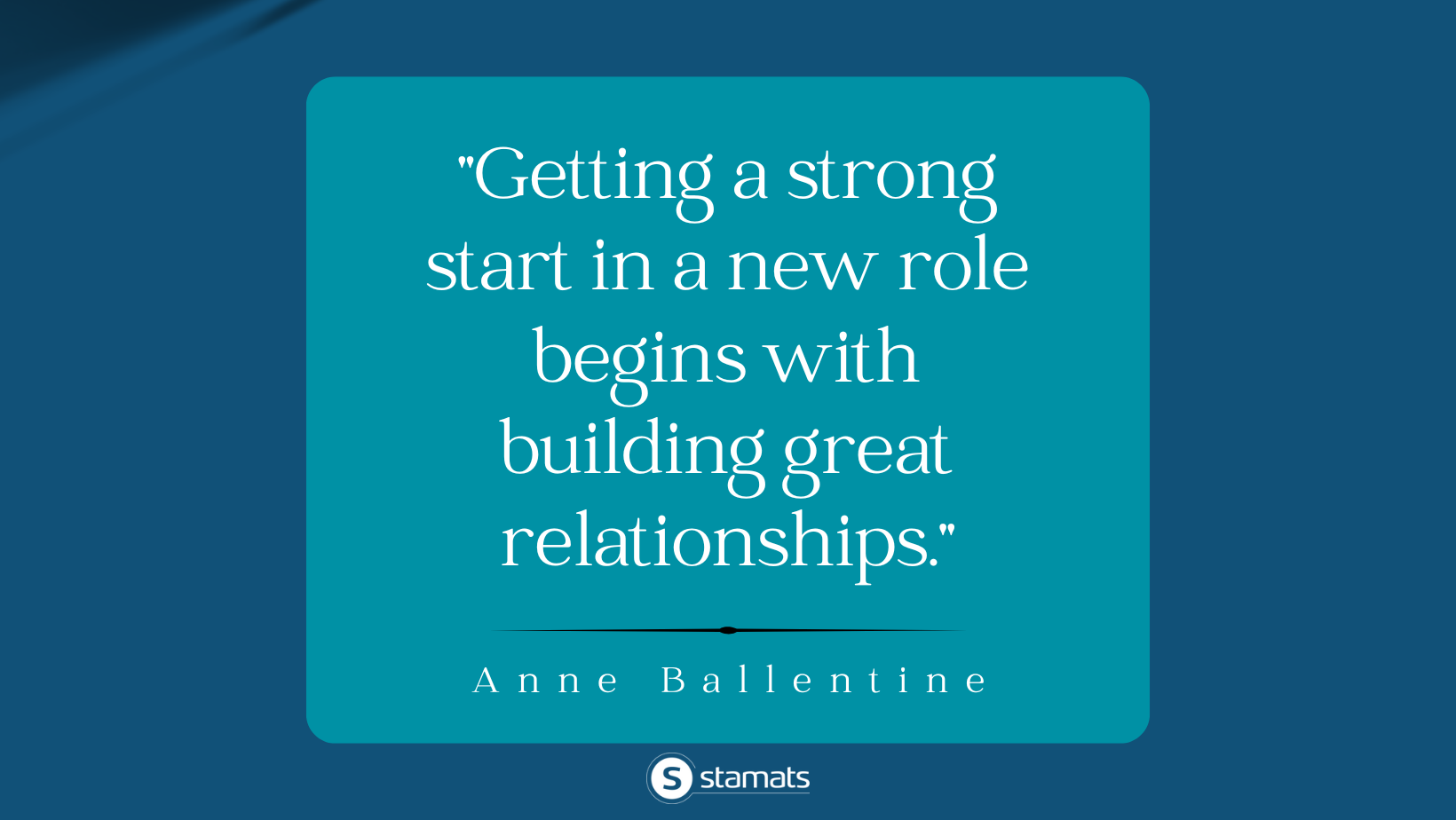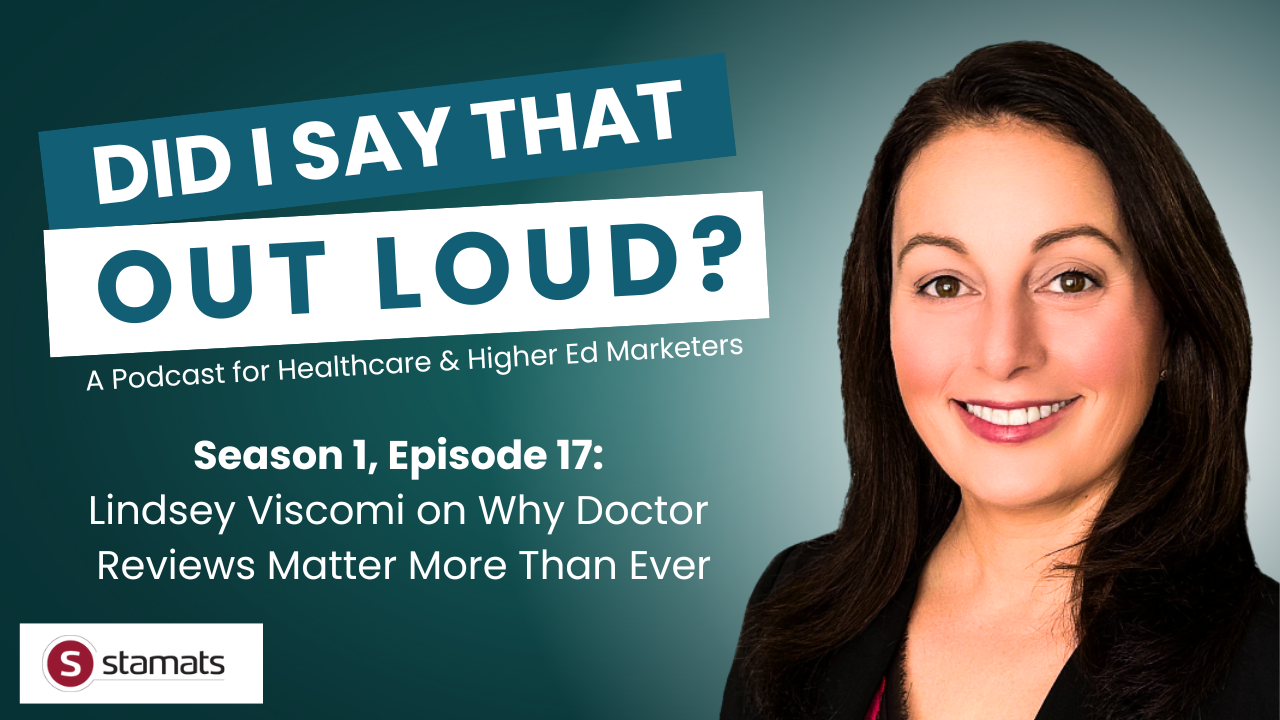Written by
on
In September 2021, I got the chance to present at my fifth Content Marketing World event—the largest international content marketing conference in the world. Due to the pandemic, there were fewer people in person, which leant itself nicely to more frequent, more personal connections.
I was pleasantly surprised to meet people from so many different industries, including a large footprint of legal, financial, and B2B marketers, as well as healthcare and higher education.
Every industry—and several individual conversations and group workshops—addressed six key themes. These themes center around a shared set of challenges: connecting on a personal level with clients, prospective clients, and audiences at large without inundating people with unwanted marketing messaging.
And the way to achieve those relationships is to implement an audience-centered, micro-moment seizing, SEO long-game content strategy.
1. Get to the Point—Your Audience’s Time is Valuable.
When you Google a recipe, do you want to first read the author’s entire “culinary journey,” from his first measured spoonful to his love for sourdough? Of course not. In that moment, you just want to know how much baking soda to put in your cookies.
The same concept goes for website and blog content. If you deliver an eye-catching digital ad or social media teaser, only to drag readers through a six-paragraph intro, you’re going to frustrate your reader and tank your site relevancy scores over time.
That’s not to say readers and search engines don’t value long-form content. They do, but your content must prove its worth right away. According to Julian Shapiro of Demand Curve, readers don’t have short attention spans—they actually have short “consideration spans.” Time is valuable, and if they’re spending it on your content, it better be worth the attention they’ve invested.
Plus, Google and other search engines value relevant content higher than drawn out narratives. Give your reader the hook in the first few sentences, then elaborate with data and details.
2. Self-Service Buying Experiences Aren’t Going Away. In Fact, They’re Growing.
Marcus Sheridan covered this phenomenon, which is the basis of his successful business endeavors, River Pools and Marcus Sheridan International. Years before the pandemic, Sheridan practiced the “They Ask, You Answer” model of content marketing and buyer experiences.
Sheridan stated that 33% of buyers want a self-service solution to work with you. And Whatever your industry, empowering your audience with tools to contact you on their own timeline can increase sales because these tools speed up the conversion experience.
River Pools feeds prospective pool owners need-to-know information, entertaining and educational blogs, videos, and downloads; and even interactive tools that help their audience decide what type of pool they want and when it’s time to contact a salesperson. Users can get all the information they need without talking to a salesperson, that is, unless they want to. And if they do, Sheridan’s team is at the ready.
Your organization can capitalize on this model, too, even if your business is services-based. Allow your audience to:
Self-Schedule
Make a health appointment. Ask a sales associate to contact you. Schedule time with Admissions. You can do this with easy, online tools, such as Acuity or Calendly (which UNM Department of Neurology uses), or through simple click-to-call or email links.
Self-Select
What department, product, or area of study interests you? What do you need right now to get you to the next level of conversions? Quizzing tools such as Outgrow allow you to ask these questions seamlessly on your site. Like Sheridan, you can provide the user’s answer and a short description of why, then give a full report in exchange for the user’s email address.
Self-Price
In many service and product industries, users have options for a low-to-high high investment. In more fixed industries such as healthcare or higher education, self-pricing might translate to, “What scholarships, grants, or financial aid services could reduce barriers to your care or education?” Banno is a tool that can help you do this.
3. Capitalize on “Owned” Channels.
Social media is excellent for distribution, but make sure your stories are housed on owned platforms (like your blog) for the longest-term impacts and “safekeeping” of your information. The content world held its collective breath on October 4, when Facebook, Instagram, and WhatsApp went down for several hours.
Companies that rely on non-owned platforms such as social media to store content, sell products, or place ads were handcuffed, whereas organizations that use social as a complement to a deeper content strategy were merely annoyed.
To paraphrase the point of the presentation by Joe Pulizzi, the Godfather of content marketing, don’t build on borrowed land. Put videos on your own site and YouTube. Put images and stories on your own site and Instagram. Put blog content on your site and on LinkedIn.
4. Watch What You Say and How You Say It.
Use the language your audience speaks, not the language you want to use as a subject matter expert or brand. This is not a new idea. However, there are exceptions, and these were the subject of my co-presentation with Marcia Francis of The University of Kansas Health System.
Marcia and I presented on how to communicate with Gen Z—individuals born in 1997 or after. These people are not kids or youngsters—they’re colleagues, entrepreneurs, business leaders, parents, doctors…you get the idea.
As with every generation, Gen Z has a vernacular all their own. However, that doesn’t mean you should use every word they use. If your ads and videos are chock full of “sheesh,” “Pog champ,” and other Gen Z slang, you risk coming off as a try-hard at best and, at worst, alienating Gen Z and their older counterparts who might otherwise have been interested in your product or service.
5. Align Your Brand with Your Audience’s Values, if You Can Do So Genuinely.
Your story is not your products or services. Your story is your “why.” But remember: Your “why” only matters to your audience if it fills a need for them, a point reiterated by Ann Handley, Head of Content at MarketingProfs.
Sashaying across the fine line between marketing content and personal engagement is the importance, challenge, and art of storytelling. Yes, talking about yourself is important—but you need to do so in a way that touches and resonates with your audience. For example, according to Marketing Dive, approximately 66% of Gen Zers are more likely to spend money with a brand that donates to a charity that they support. And today’s audiences are savvy—they can see through brand bologna, so avoid virtue-signaling (disingenuous value representation) at all costs.
6. SEO is Your Golden Ticket for the Next Wave of Search Ranking.
No fewer than 10 SEO-focused groups staffed booths at Content Marketing World 2021. We’ve always known strong search engine optimization is crucial—but with the strong trend toward self-service and hands-off sales, SEO is your golden ticket to getting found, relevantly capturing mindshare, and converting users the moment they are ready.
SEO is deeper than backlinking and interlinking processes—it requires comprehensive content strategy to develop useful, governed site content that answers users’ questions and provides the detail they need to make informed decisions.
A Final Thought: Content is Your 24-hour Salesperson.
When done right, your text, videos, infographics, and calls-to-action loyally work for you, day in and day out. Content drives relevant users at micro-moments throughout the conversion process.
According to Matt McCue, VP of Content at StudioID, senior executives expect to spend 67% more on content in 2022. Whether your next year’s focus is on your site content, marketing messaging, or both, make sure you are centering your efforts around your audience’s needs—and using long-game strategies to place your content front and center the moment your users are ready to convert.
Ready to set up your content for success? Schedule time with Mariah Obiedzinski to learn how Stamats can help make your content work smarter for you.
Ready to Get Started?
Reach out to us to talk about your strategy and goals.


